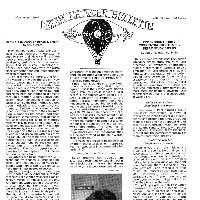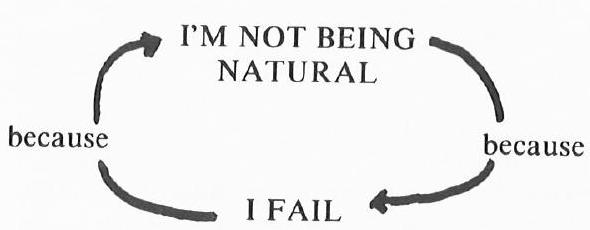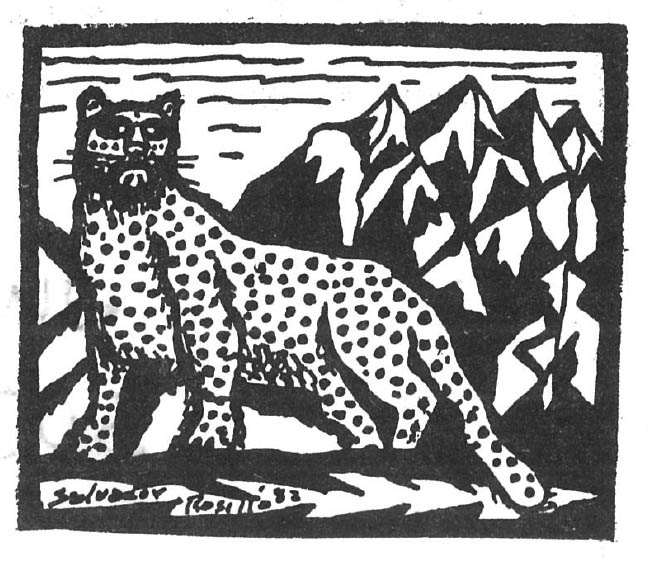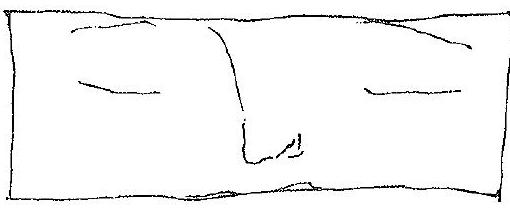De Chirico's paintings come from dimensions of awareness that our kinds of understanding are only imperfect derivatives of. Yet the paintings speak to us, loudly, deeply. They mysteriously transport us to nuances of comprehension not readily grasped or expressed in the ways we have been schooled to be limited to. In this sense they are not unlike our own dreams. could this be because they are our own dreams? I think so. The visions that de Chirico was able to express with such genius on canvas are not unique to him. It is our own deepest stirrings that he has brought before us. His paintings are mirrors of our own minds and souls, How much we can see in them is contingent upon how well we can know what is happening in ourselves. So they may convey quite different messages to different individuals, depending on how far along on the path to self-realization each is. Which message is real? Of course it's the one you feel the strongest that's most real for you.
In our commercial culture art is mistakenly confused with the objects produced by artists. Nothing could be farther from the truth. Art is a mode of perception. The objects or paintings themselves are only ancillary. Yet they are essential to the process just as it is essential for me to put my impressions of these paintings into writing. Anything I can say about de Chirico's paintings is only what some part of me already knows but putting it into words liberates me by bringing this awareness to areas of my mind that aren't privy to this kind of knowing and thus causing them to release their restrictive hold on my natural unfolding. sounds like working with dreams? It is.
Let me emphasize that I know nothing of de Chirico, nothing of painting, and certainly nothing of art criticism. It's the ways we have been taught to approach the art of the masters that kill the process in us all. I am fortunately unburdened by these. The three paintings I have chosen to write about are done scant justice by the photographs reproduced here. De Chirico's paintings don't work in black and white. To miss the color is to miss the meaning. But color paintings are prohibitively expensive to reproduce accurately. These black and white pictures of his paintings still convey the sense of something like dimly remembered dreams, but that "something" itself is gone. I urge our readers to attend this spectacular exhibit at the Museum of Modern Art in New York City. What this man is saying on canvas and what dreamwork is about are the same thing.
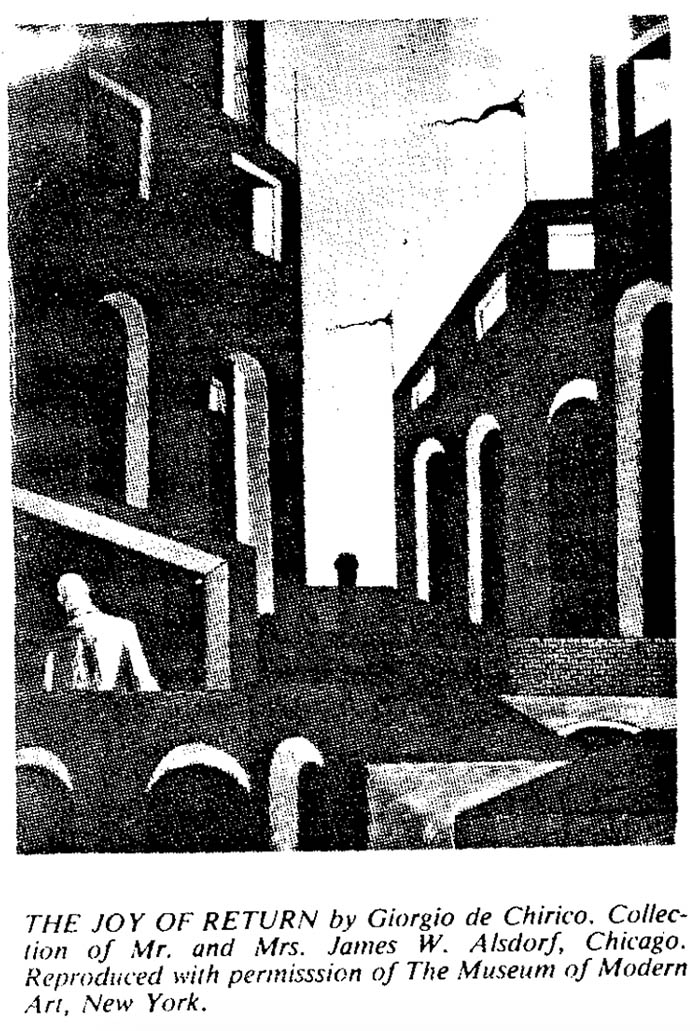
The Joy of Return
We live in a world of gray facades flying their black sperm flags of a false fertility, but they are no longer anything but facades. we can see through them, especially at the top. The machines have becomes the center of our world. We are alone, colorless, going to the somewhere that is nowhere to go. But there is a light behind the machine, there is something dawning behind the facades. There is a hope behind all of this bleakness. We can see through all this we know there is something brighter; the dawning of a post-industrial mentality. The man's head isn't on straight. He is each of us. De Chirico entitles this painting "The Joy of Return". What is returning is the light in the sky. It's dawn. It heralds the end of the night that our kind of consciousness and civilization has been for the human soul. It announces the dawn of a new age, a new way of being.
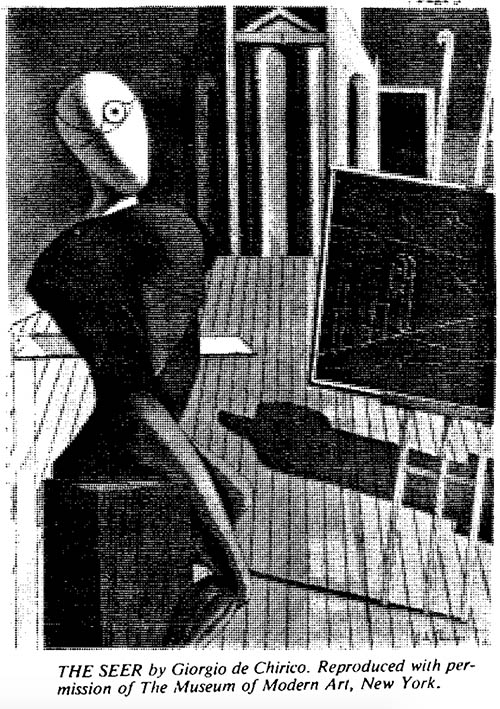
The Seer
Creativity is the key. The maker is the made. The artist is the work of art, sitting squarely on his pedestal. It is himself that he is working on. Self-tailored, still incompletely formed: a human, yet a dummy. How deformed are we who create, how powerless of limb. Yet how beautiful, erect, noble. How dead our heads are: deaf and dumb and blind to the inner vision that is burning brightly within us like a star. Could it be that we have to let go of all that our senses have been trained to see and hear and taste, and all that our arms and hands have been trained to touch and feel? Certainly these trained systems are like so many trained monkeys seeing only what they have been taught. Relinquishing all that, we feel a different kind of sight emerging within us. we become the seer. The eye we see with is inside of us. It is the third eye, the eye of enlightened vision. This painting shows our predicament as creators. We have distanced ourselves from our blackboard of mental constructs, and even more so from the massive structure of our civilization. We are in a bare room that is no room at all but opens out into the infinite. It's only out of this emptiness that a new world can be born. Only by owning our creativity will the new human emerge within each of us.
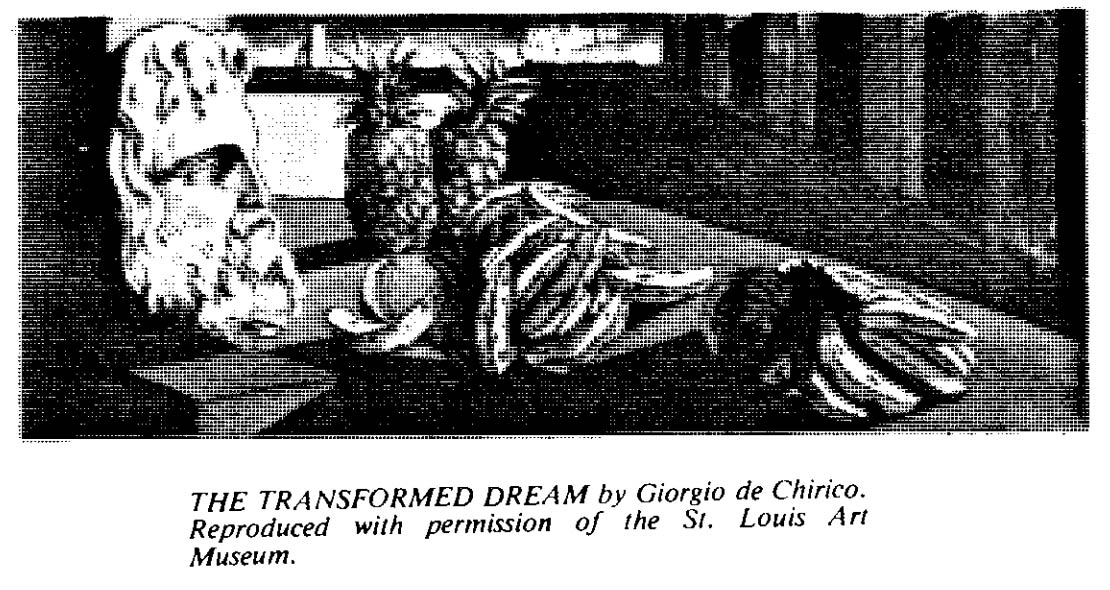
The Transformed Dream
An exploration of nuance and mood is what this painter's work is all about, the nuance of subtle metaphysical perception, the stuff of dreams brought to waking perception. The dream we are living is our culture - the heritage of past knowledge, the remains of the great men and thinkers. This dead dream of industrialized architecture that the thinking mind has constructed all around us is transformed with the more delicate substance that comes from within us, not just from night dreams but from altered states of perception that move from them into our waking life - ephemeral things, these modalities, luscious and fresh like a banana, bountiful and ripe like a whole copious stalk of bananas, aromatic and delicious like the prickly pineapple with its teasing promise of sweetness. The past we've constructed all around us is transformed by these newly emergent modalities of perception.
The dreams we have dreamt into reality all around us are dead substance but become transformed when we open up to the continued unfolding of this dream which places its precious bounty on the altar of the reality that we worship and is its only legitimate compliment. Our world - that empty parade of forms like the ruins of some dead civilization becomes transformed. To dream and to become: only this will populate our world with the life that is the most precious and exotic food for our souls. Only this makes everything else beautiful and fitting. Only this brings life into what all around us is dead.
If art such as de Chirico's is invaluable it is only because it brings us closer to what is happening within us all. His genius mirrors our own. We can't all be great painters like him but we are all - yes, every one of us - great dreamers. And each of us, to do justice to this great dream emerging from within us, must struggle to find his own ways to bring it to the light of day as de Chirico did. Only in this way, and in no other, can we save a world that has grown dead and gray.





